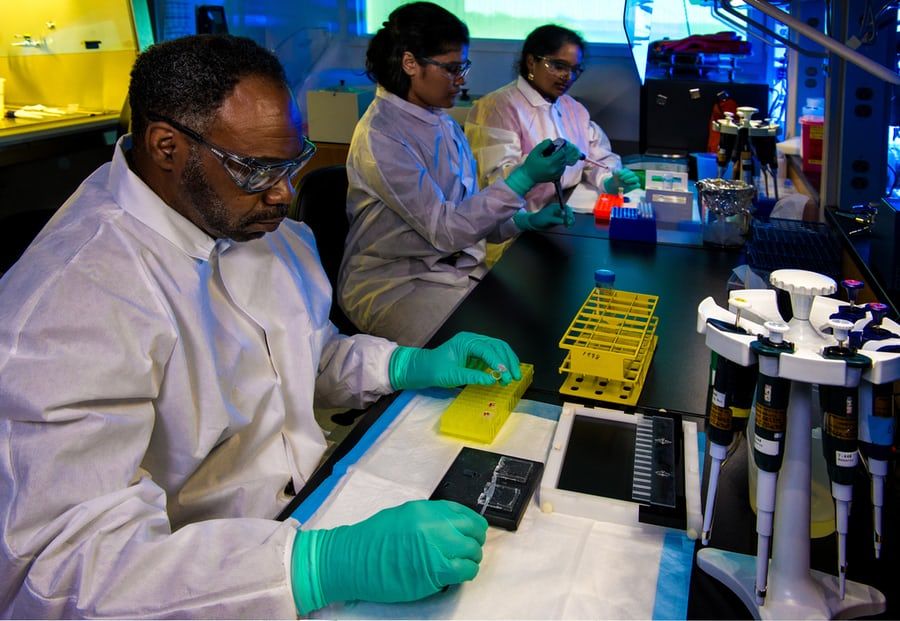COVID-19 Found to Infect Salivary Glands
People who experienced COVID-19 symptoms and had the virus in their saliva were more likely to report loss of taste and smell, suggesting that oral infection might underlie oral symptoms.

A recent study conducted by investigators from the Wellcome Sanger Institute and the National Institutes of Health, in collaboration with the University of North Carolina at Chapel Hill, and the Human Cell Atlas Oral & Craniofacial Network have found that the COVID-19 virus is able to infect specific cells in the salivary glands of the mouth.
The results from the study were published in the journal Nature Medicine, and was researched as part of the International Human Cell Atlas (HCA) consortium.
"By revealing a potentially underappreciated role for the oral cavity in SARS-CoV-2 infection, our study could open up new investigative avenues leading to a better understanding of the course of infection and disease,” Blake M. Warner, a co-lead author on the study said. “Such information could also inform interventions to combat the virus and alleviate oral symptoms of COVID-19."
The investigators behind the study analyzed mouth tissue samples using single cell RNA sequencing technology and bioinformatics methods from healthy volunteers. They then looked for cells that expressed two key entry proteins that the virus uses to infect cells, which are ACE2 and TMPRSS2. Following this, the investigators looked at mouth tissue samples from COVID-19 patients who had given biopsy samples or had died.
Findings from the study showed that in the healthy patients, salivary gland ductal cells and some gingival cells expressed both proteins, showing that they were vulnerable to an infection. In the COVID-19 patients, they found SARS-CoV-2 RNA in salivary gland cells, indicating these cells had been infected and found evidence that the virus was replicating in some of these cells.
Additional findings demonstrated that saliva from COVID-19 patients who were asymptomatic or had a mild case contained mouth cells carrying SARS-CoV-2 RNA and RNA for the entry proteins, suggesting they could transmit the virus via saliva.
"Taken together, the study's findings suggest that the mouth, via infected oral cells, plays a bigger role in SARS-CoV-2 infection than previously thought,” Kevin M. Byrd, a co-lead author on the study said. “When infected saliva is swallowed or tiny particles of it are inhaled, we think it can potentially transmit SARS-CoV-2 further into our throats, our lungs, or even our guts."
